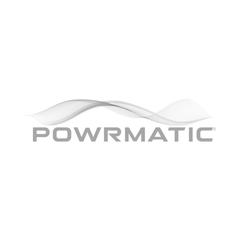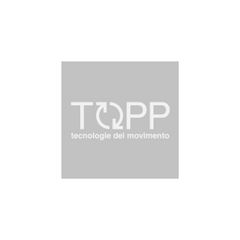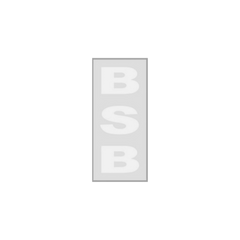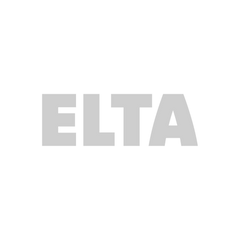Shop All
A60 Series, A60 Type C, 1.2mm Galvanised Steel Case, 430 Grade Stainless Steel Blades
From £796.47 excl. VATUnit price excl. VAT /UnavailableA60 Series, A60 Type C, 1.2mm Galvanised Steel Case & Blades
From £775.92 excl. VATUnit price excl. VAT /UnavailableA60 Series, A60 Type S, 1.2mm Galvanised Steel Case, 430 Grade Stainless Steel Blades
From £768.71 excl. VATUnit price excl. VAT /UnavailableA60 Series, A60 Type S, 3mm Galvanised Steel Case & Blades
From £781.38 excl. VATUnit price excl. VAT /UnavailableA60 Series, A60 Type S, 2mm Galvanised Steel Case & Blades
From £758.69 excl. VATUnit price excl. VAT /UnavailableFSD-C Series, A60 Type C, Galvanised Steel Blades, Fire Curtain Frame (FC)
From £741.47 excl. VATUnit price excl. VAT /Unavailable
Brands
Compare /8
Loading...
null















